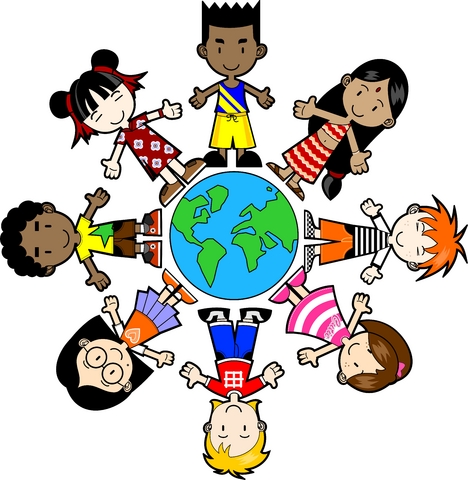Having lived in Mexico until I turned 15, I have always been aware of the different education that my peers in the US and I received. Whenever we talked about our upbringings, I feel as if my schooling was like a prison, however I see nothing wrong with that.
My parents enrolled me in "kindergarten" when I was 3 years old, however we didn't have such thing as "nap time" or sat around just playing games. From what I can remember, we all had to be in our uniforms, ready to start class at 9 am, and "ready to learn." We would learn the alphabet, the colors, the months of the year, and the numbers. By the time we reached our last year in kindergarten (about 5-6 years old), the majority of us already knew how to read and write.
My elementary school experiences seems more of a blur, but what I do remember from it was the strict uniform policies (for girls, we had to wear a jumper dress, with 6 blue buttons on the front -no more, no less-, a white button-up shirt with a blue ribbon tied at the top, we had to wear knee-high socks and black shows, with the hair tied up on a ponytail and a white ribbon on it; for boys, they had to wear black slacks with a vest that had 6 buttons at the front, a white button-up t-shirt, a black tie, and black shoes) which if we failed to follow, we would get in trouble. I also remember our teachers forcing us to have neat and clear handwriting, and failure to do so would result on point deductions from any assignments.
Middle school is where things got harder because not only did the teachers become stricter, but also our workload doubled. It shouldn't be a surprise that the school had a strict uniform policy, but after dealing with uniforms your entire life, you are used to them at this point. The school was set in a way that all of the classrooms where in two buildings of 3 floors each, and you moved around through hallways on the outside. Each classroom had windows facing the hallways, so skipping class to walk around the school would not work because everybody would be able to see you. There was also only one way in and out of each building and to do it, you had to go through the prefects' offices, so once again, skipping class seemed pointless. There were also 2 main entrances for the school, the main entrance and the teachers' entrance. Once the bell rang at 7:30am, the main entrance would be locked and if you arrived late, you would have to go through the teachers' entrance, which meant going by the principal's office.
However after having dealt with strict rules in school for my entire life, I got used to it rather quickly, the only thing I had issues adjusting to was the workload. Up until middle school, I had only taken 6 classes per year, but once I started my first year of middle school (in Mexico, middle school goes from 7th-9th grade) I started taking 13 classes and this lasted until I graduated. We had a block schedule to accommodate for Spanish, Math, Biology, Physics, Chemistry, Geography, History, Ethics, Art, English, French, Art, and P.E., and to be honest, it wasn't as hard to handle as one might think, and I was ready for fast-paced learning, which did not occur.
Once I moved to the US and started high school here, I couldn't help but notice how slow-paced the educational system here is, or at least how it was in my district. what we were covering in my classes was stuff that I had learn 2 years before I moved. We were never required to learn the periodic table like I was in 8th grade, or learn all the countries, and capitals of the world along with their locations. To me, this was the biggest cultural shock I had during my first few months in the US, and it wasn't until the end of sophomore year that I started being at the same rate as my friends.
Whenever I tell my story to my friends, they all have the same reaction and ask me if my schools were a prison because to them, they seem like one, but to me this prisons mean my childhood, my upbringing, and even though I don't know any other type of basic schooling, I would not change what I had because in a way, it made me who I am today.




